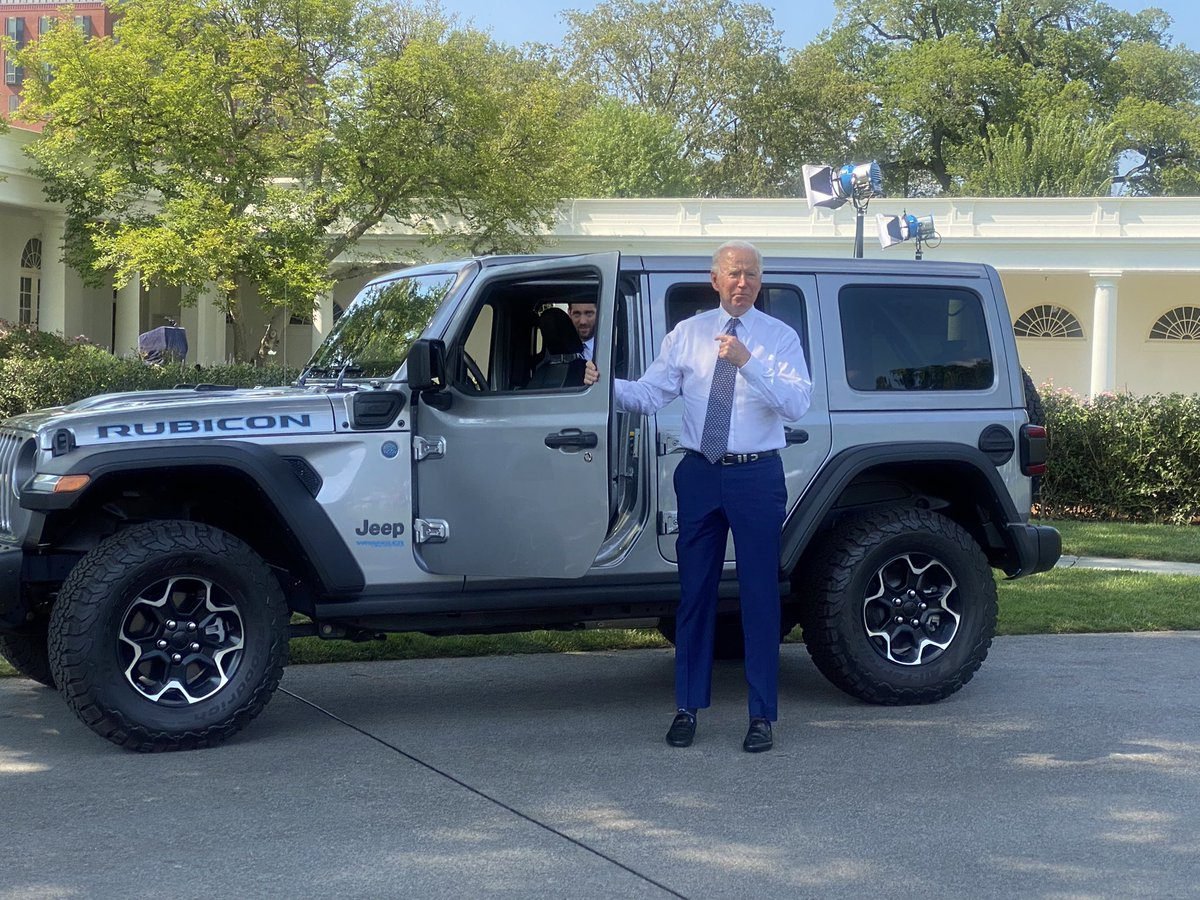Second of two parts
ANY VEHICLE, whether equipped with an internal combustion engine or a battery, needs two things to be of any value to its owner: a place to park and a convenient way to regularly power the vehicle. An EV without convenient ways to charge has no, or one might say even negative, value to the owner.
There are many factors that make EV charging infrastructure much more complicated than refueling a car with petrol or diesel. One simply cannot draw parallels between the two.
Even with the fastest charging rates currently available, EV charging takes much longer (more than 4-5 times longer) than refueling your car with petrol or diesel to add the same range to your car. While data is still not out there in large numbers, for the sake of this article we assume that constant fast charging will not adversely impact the health of the battery.
EV charging is inherently more complicated than filling a tank with liquid fuel. An EV charge initiation involves a lot of software handshakes, cloud communication, payment gateway initiation (for public charging), pre-conditioning the battery, latching the cable properly, and information exchange between the car and the charger. Each point in this process is a point of failure, and today’s chargers have been failing a lot.
In sheer numbers, EV charging stations have a lot of ground to make up. The US averages 104 gas pumps for every 1,000 road miles compared to 22 for EV charging ports. This, combined with the fact that a quarter of EV charging ports don’t work and charging an EV takes much longer means the actual availability is much lower. Unless and until this is fixed, we predict EV adoption rates will lag.
The solution is not anywhere near as simple as simply replacing gas stations with EV charging stations. This is neither a tenable nor advisable approach because a good location for an EV charging station (mall, coffee shop, workplace, office, curbs) is not a good location for a fuel station and vice versa. Also, an EV needs to be able to charge where it is parked, and the US will still have a lot of internal combustion engine cars requiring fuel for the next 30 years given the slow turnover of the passenger vehicle fleet (16.6 years is the average life of a car in the US). Hence, removing gas stations en masse may not be the wisest thing to do.
The issue that must be addressed, and reasonably quickly, is not range anxiety (how far can I go with a fully charged battery) but charging anxiety (can I charge my EV conveniently anytime I choose).
While most electric vehicle manufacturers have addressed range anxiety (the median range has increased from less than 100 miles a decade or so ago to well over 250 miles today), it has not come without significant negative consequences. Manufacturers are maximizing range by putting massive, heavy battery packs in EVs. The battery pack on the Hummer EV, for instance, weighs more than a Honda Civic.
This excess weight has many negative externalities and reduces vehicular efficiency drastically. The battery is the key reason why EVs are heavier than their internal combustion engine counterparts by more than 1,200 pounds. This added weight will have serious negative consequences on road wear, on deadly crashes, and on the levels of particulate matter emissions, which are a proven threat to public health.
If EV charging is improved to be more reliable and more easily available (and reasonably priced), we have some hope that battery sizes and weights can come down. This has huge consequences not only here in the US but on the battery mining, processing, and supply chain. Further, smaller batteries mean we can build more EVs with the same resources and decarbonize faster.
There are those who believe that EV charging, and range anxiety concerns, are exaggerated because charging takes them 30 seconds, as that is how long it takes to plug in their car at their home garage. This raises the ever important question of equity. Most current EV buyers are early adopters/innovators, own their house, are fairly well-off, given that most of them are buying an expensive EV as a second or third car, and they almost all have covered parking with reserved spaces. In addition to having the convenience to charge in their garage and not deal with the poor availability and reliability of public charging, their per kWh price is also very low compared to public chargers.
That’s great for those privileged to own a house with a garage. However, close to 50 percent of Americans don’t have dedicated off-street parking at an owned residence where they can install an EV charger. This is true for those living in dense urban areas with only on-street parking, those living in more rural areas, and those living in condominium and apartment buildings that are not equipped with EV chargers.
The process of outfitting existing residential parking facilities with sufficient functioning EV chargers to satisfy all residents is costly, complex, and often at the mercy of utility companies unprepared to handle or respond to the EV transition. These people will need to rely on public fast chargers to charge their car. In Massachusetts, using EVgo chargers between 8 a.m. and 9 p.m. costs between 54 to 68 cents per kWh (assuming a person will not buy the costliest plan with any charging network operator given the nascent stage we are in and the need to use multiple networks).

We do not single out EVgo here but show this as illustrative of the marketplace. A quick back-of-the-envelope calculation will show that with gas at $3.20 a gallon, a gasoline-powered Honda Civic is much cheaper to run than any battery electric vehicle. The only battery electric vehicle that’s cheaper was the now defunct Bolt with the federal incentive.
Further, the Civic or any other sedan in its class can do so much more than the Bolt. The cost of operating a Corolla Hybrid or a Prius plug-in hybrid is less than half that of a battery electric vehicle, strengthening the case for plug-in hybrid as a plausible alternative.
There has been some media and political criticism of the perceived slowness of the rollout of a national EV charging infrastructure, something the Bipartisan Infrastructure Law funded to the tune of $7.5 billion. We would rather sacrifice speed in favor of reliability and, given the rapid and near-constant changes that are happening with EVs, we believe that some caution needs to be exercised here as the federal government should not be investing money in incompatible plug types, unreliable hardware, and needlessly expensive machinery.
We are seeing some convergence in the industry with most manufacturers in North America moving to the NACS plug standard, which is the Tesla standard. With the SAE specifications on NACS being recently published, one hopes the charging experience will get a little better. We remain concerned that as the number of model types increases, software integration will still be an issue.
In Massachusetts, given the fiasco over turnpike EV charging stations that barely worked and are now being replaced within four years, we believe that a slower, more measured approach that results in better stations, reliability, and costs is the right choice.
EV charging stations can be quite expensive and there does not seem to be much money to be made in it. We are seeing private funds dry up and it may fall upon the government to help and assist in the charging infrastructure being installed, operated, and maintained in the right way and in the right places.
In places like Cambridge, where the majority of the residents park their cars on the street and off-street garages are rare, EVs are definitely not a common sight. The city recently introduced the wire over the sidewalk law for EV charging. The law has its heart in the right place, but let’s face it, anyone who uses street parking knows that the chance of parking right in front of your home is next to zero and this will not really push the needle for EV adoption. Perhaps curbside and lamppost-based chargers where residents can plug in their own cables overnight can be a cheaper, easier to install, maintain, and operate option. London has over 6,000 of these and they seem to be popular.
So what is the upshot of this assessment? From a state perspective, the answer seems clear. It is, first of all, that state government efforts to decarbonize the transportation sector by placing nearly all of its efforts toward conversion to EVs remains a misplaced strategy destined to fail.
The transition to EVs will, as one of us has written several times before, be slower, more uneven, and less equitable than anyone would like to admit. Short-term carbon reductions can be gained by ramping up state investment and action to generate mode shift from auto to transit and rail, and this strategy could begin by transforming commuter rail service into a true regional rail service on an expedited timeframe. There are several opportunities to do this, including electrifying the Providence Line (including the Fairmount Line); running more frequent service all day long (reducing inefficient and costly layovers); and stepping up investments in high-level platforms and third tracks, particularly along the Worcester Line.
As these mode shift activities are taking place, the Commonwealth should monitor and contribute to efforts undertaken at the federal level by the Joint Office of Energy and Transportation and the private automakers, specifically in connection with agreements on charging standards and protocols. The Commonwealth should also work with utility companies to establish strict, transparent rules regarding the widespread installation of charging infrastructure in ways that are affordable, convenient, and equitable across the state.
In addition, Massachusetts needs to help design and fund curbside and lamppost based chargers for municipalities to adopt as a necessary component of an effective, equitable charging system for tomorrow’s EV fleet.
Our objective in this two-part series has been to provide readers with an informed reality check on the great EV transition, and address concerns about (and offer insights on) EV adoption rates and charging infrastructure. As we observe transport sector decarbonization tied too closely to the expectation that EVs are the solution, we write to remind policymakers that EVs are decidedly not the solution to anything other than tailpipe carbon emissions. And while EVs are very good when measured against this important but narrow standard, state officials need to acknowledge that their larger climate goals will not be met from gains in the transportation sector unless we change course and change course quickly.
Bhuvan Atluri is program manager for MIT’s Mobility Initiative and James Aloisi is a former Massachusetts secretary of transportation and director of the MIT Transit Research Consortium.
[ad_2]
Source link




